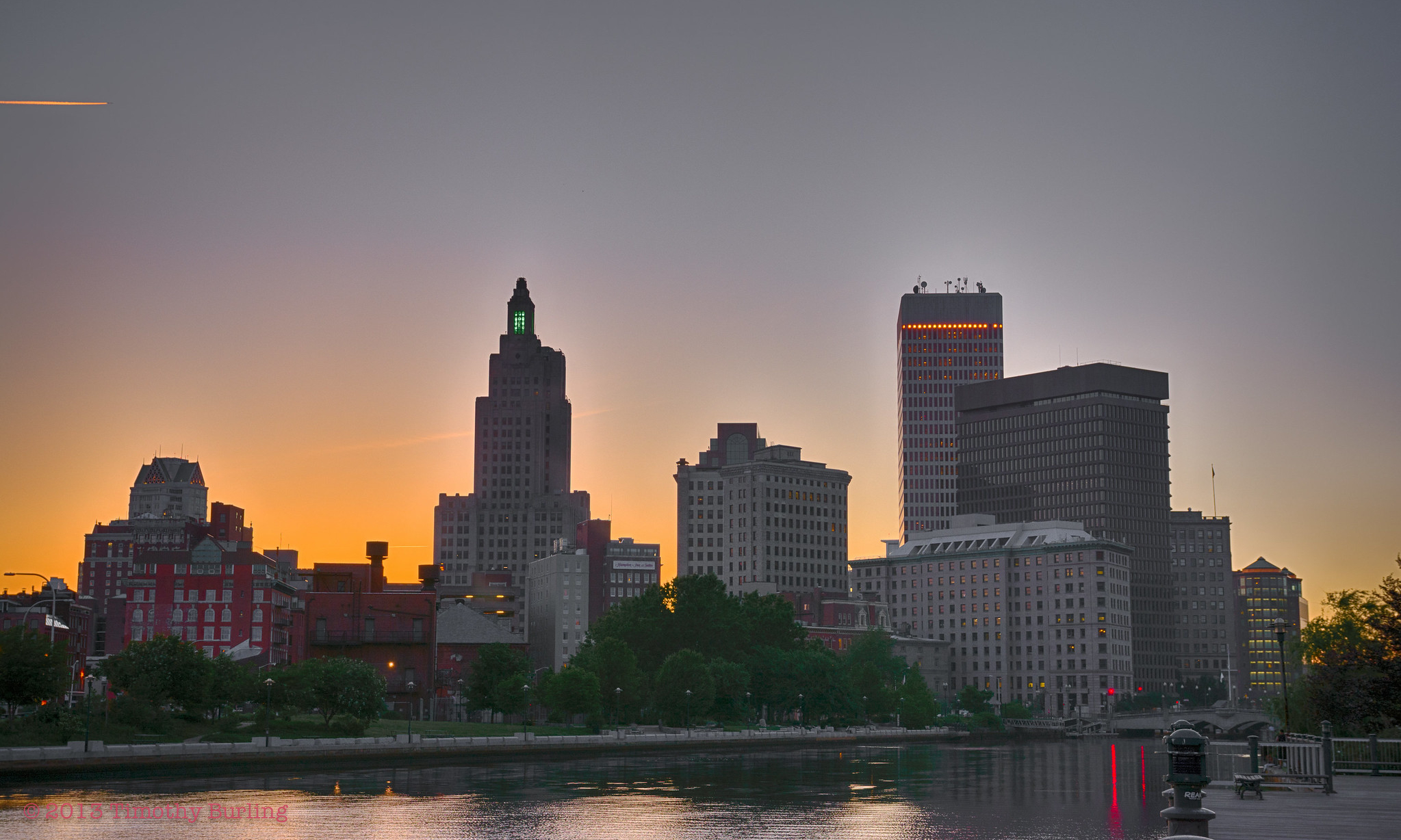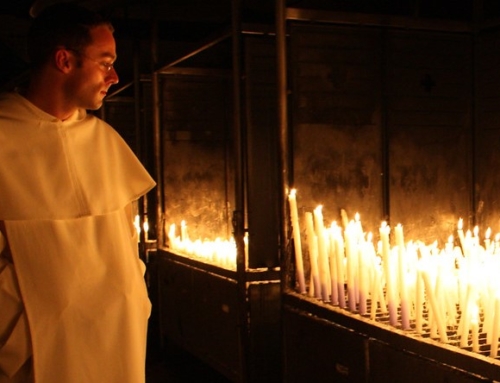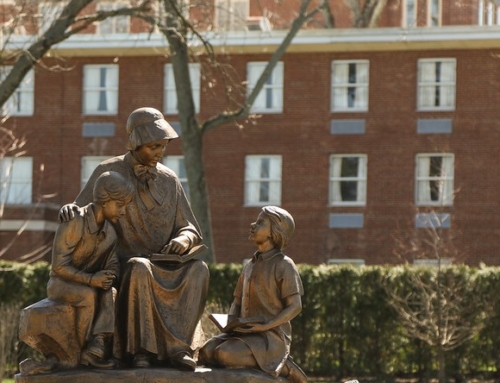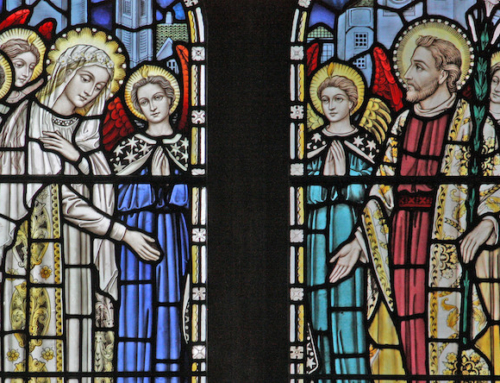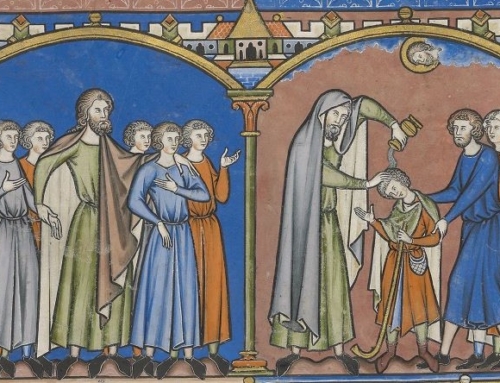The parable of the prodigal son is a lengthy one. And yet it is possible to expand upon the original, to get even more out of this spiritual masterpiece.
Okay, ready? Imagine the prodigal son leaves a second time.
The young fool has of course come to his senses, returned home, and received the father’s merciful embrace. But then, some time after the huge feast with the fattened calf, he finds himself turning away again and setting off to return to that distant country where he first squandered his inheritance on a life of dissipation.
No, it’s not that he has fallen back into his former ways and so steals off again. Rather, imagine he is being sent back to the distant country from which he came by the father. He goes back precisely to witness to the father’s mercy. To find others living in their own pigsties—poor souls completely unfamiliar with who his father is—to tell them about the home and the father they can find for themselves if they just recognize their current squalor for what it is.
Such a sequel is not a stretch.
In fact, the drama of the parable contained in Luke 15 hints at such a spin-off. When the prodigal son returns home and is reconciled, one of the things his father orders the servants to bring are shoes to be put upon his feet (Luke 15:22). In his spiritual reading of the parable, St. Ambrose interprets these shoes as symbols of his preparation for going out and preaching the gospel—the good news of forgiveness and healing. After all, no one in the Bible is ever given an experience of God without being sent, as Bishop Robert Barron observes. Over and over again—from the patriarchs like Moses to the prophets like Ezekiel to the apostles—those who are called and encounter the Lord are then sent. I have been shown mercy, you can imagine the prodigal son saying to himself, and I feel compelled to give others what I have been given.
What must it be like for the prodigal son to return to that distant country? To walk up to the old pigsty and remember how far he had fallen? He returns to the place where he had been so forgetful of God, and now he sees God everywhere. He sees proof of divine mercy every place he turns. It is one long victory lap for grace, for God’s patience and providence. The prodigal-turned-preacher walks all around the distant country and smiles, recognizing the deep truth contained in the promise God made through the prophet Isaiah:
I will lead the blind on their journey;
by paths unknown I will guide them.
I will turn darkness into light before them,
and make crooked ways straight. (Isa 42:16)
Only God can generate light in the midst of darkness. Only God can make this kind of conversion happen. Only the “gracious design of a loving Providence ordains that the emptiness and futility of sin open our minds to the purposes and reality of a Father’s love,” as Romanus Cessario puts it. The prodigal son had thought he was following his own designs; now he sees it was all part of the divine plan.
Then comes the final dramatic turn. The son receives word that he will be ordained a priest here, in this site of his former squalor. The father’s power is to be given him—the power to bestow the forgiveness and mercy of the father upon so many other prodigals. The one who said, “I no longer deserve to be called your son” (Luke 15:21) is to himself be called “Father”; the one who asked to be treated as a hired servant (Luke 15:19) is now sent out as a laborer for the harvest (10:2). All this in order to extend the reign and range of the father’s radiant mercy.
All this makes for a nice expansion upon Christ’s magnificent parable. But it is more than a story: this is the reality of my life, and my calling to the Dominican Order and the priesthood of Jesus Christ.
Please pray for me as I prepare to be ordained to the priesthood at Providence College on May 23. Please also pray for my classmates who will be ordained that same day in different locales around the Province of St. Joseph.
“Give thanks to the Lord for he is good, his mercy endures forever” (Ps 107:1).
✠

